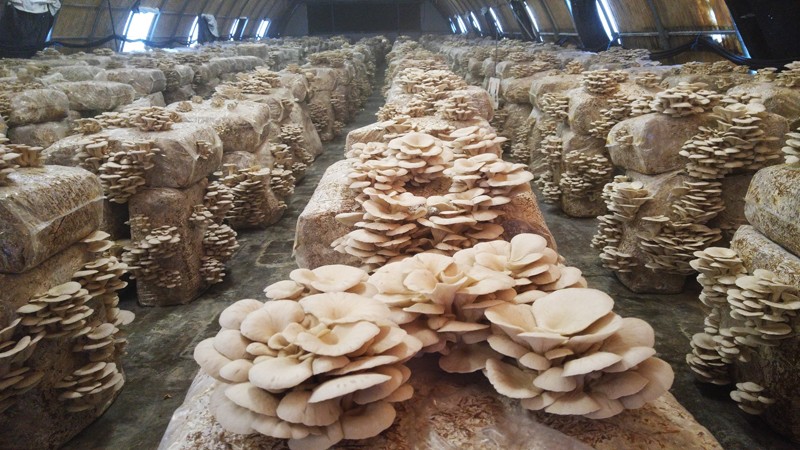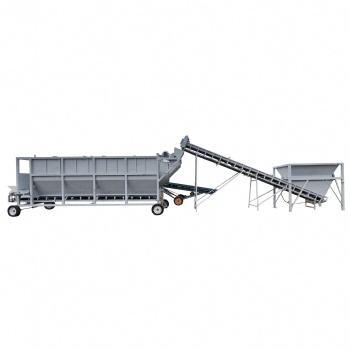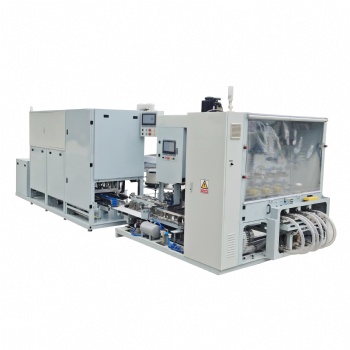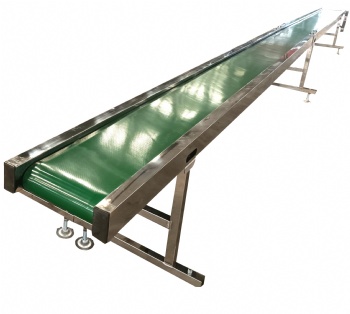News
Process flow of mushroom bag center

Edible and medicinal mushrooms are divided into two categories: wood-saprophytic fungi and grass-saprophytic fungi. The two cultivation modes and processes are completely different.
Grass-saprophytic fungi cultivation is represented by Agaricus bisporus, which originated from the mill in Europe more than a hundred years ago. It has developed into an intelligent controlled fermentation tunnel and large-scale standard enterprise cultivation. The strains come from professional strain companies with a production history of hundreds of years.
Here we are mainly talking about wood-saprophytic fungi, such as shiitake mushrooms, black fungus, and oyster mushrooms. Most of their mycelium types belong to a single mycelium type (except for white fungus and golden fungus). We have limited understanding of the physiological and biochemical changes in the development process of these commercially cultivated fungi, and still rely on empirical substitute cultivation. Due to the limitations of the characteristics of the varieties, most of them can only be cultivated outdoors in season, and they rely on natural conditions such as sunlight, rain and breeze. The production process of mushroom bags (mushroom sticks) is basically the same. The core point of production is thorough sterilization. How to cultivate a viable cultivated mushroom bag (stick) after inoculation is the primary premise. In fact, only the cultivation varieties, variety habits, cultivation seasons, and cultivation management methods are different. The process flow is as follows:
Pre-treatment of wood chips (screening and pre-wetting) → mixing of ingredients in the first stage → mixing in the second stage → conveyor above → bagging by punching bagging machine → transport by upper sieve machine → sterilization rack → high pressure sterilization → furnace de-furnace → pre-cooling (cooling by fan heat exhaust → forced cooling [cooling by refrigerator> → manual or mechanical inoculation of unloading machine → loading machine → cultivation in planting warehouse → cultivation in heating warehouse → cultivation in post-ripening warehouse → finished product delivery
Categories
Contact Us
- +86 15093267083
- +86 15093267083
- amy@zzbelead.com
- +8615093267083




